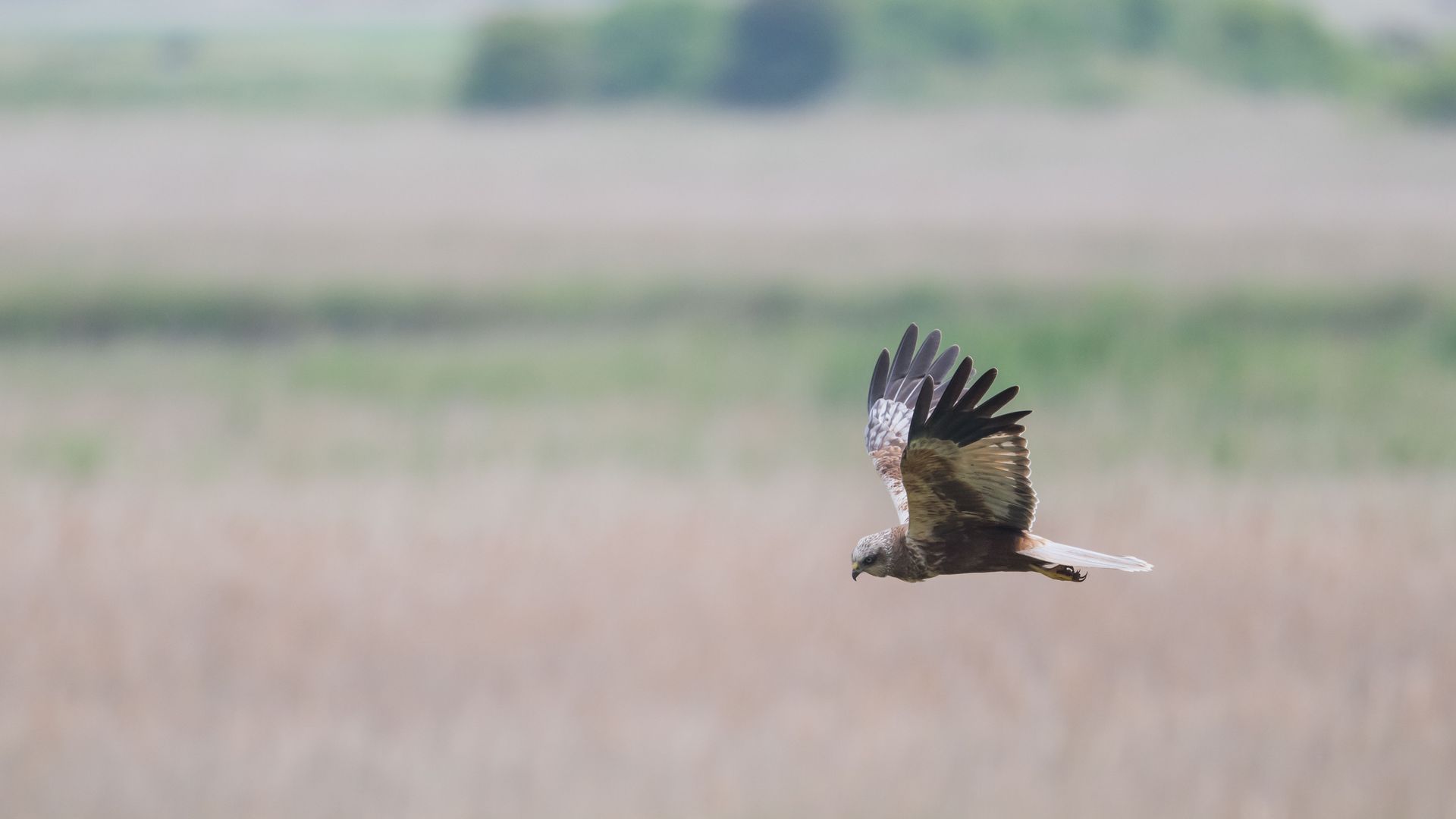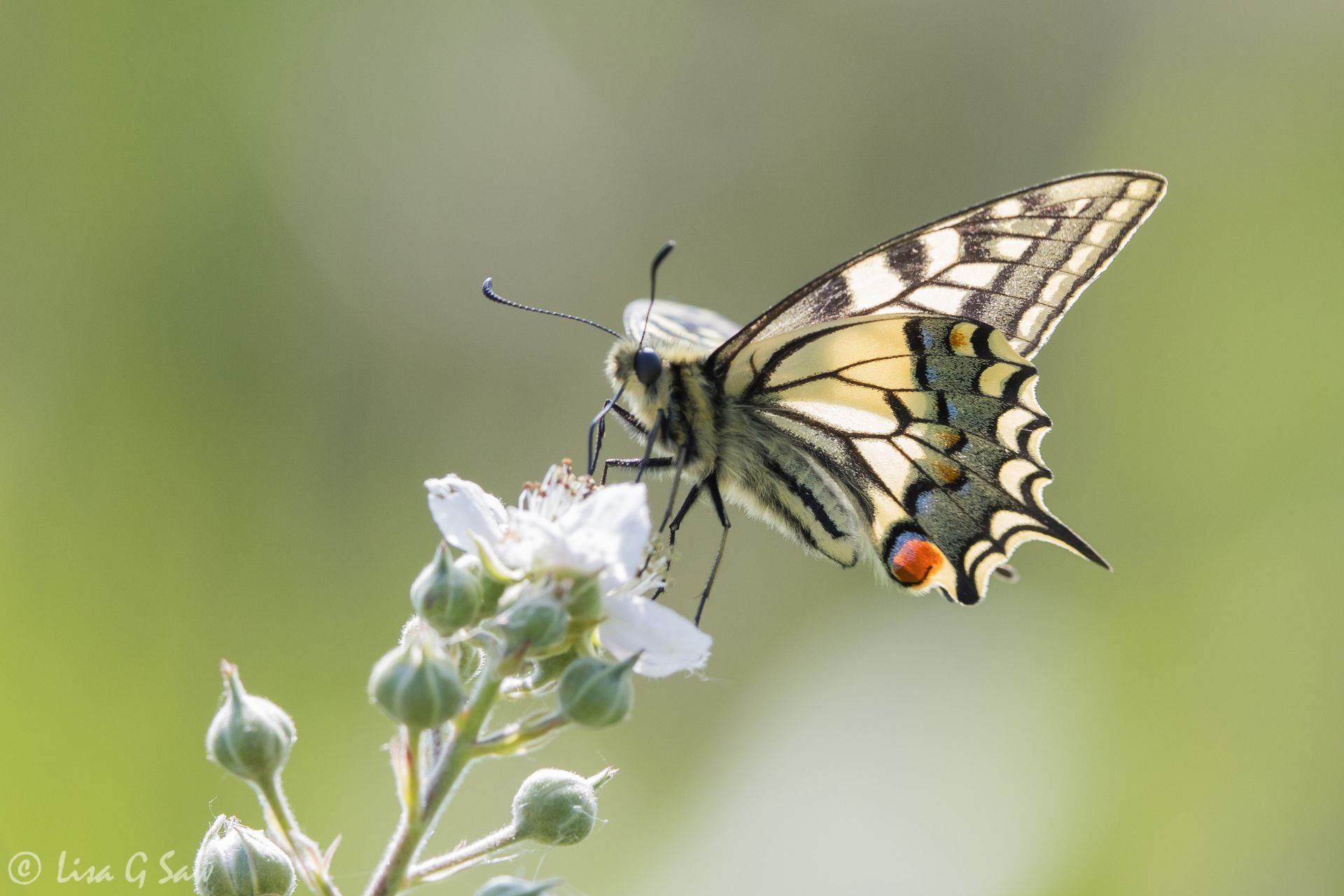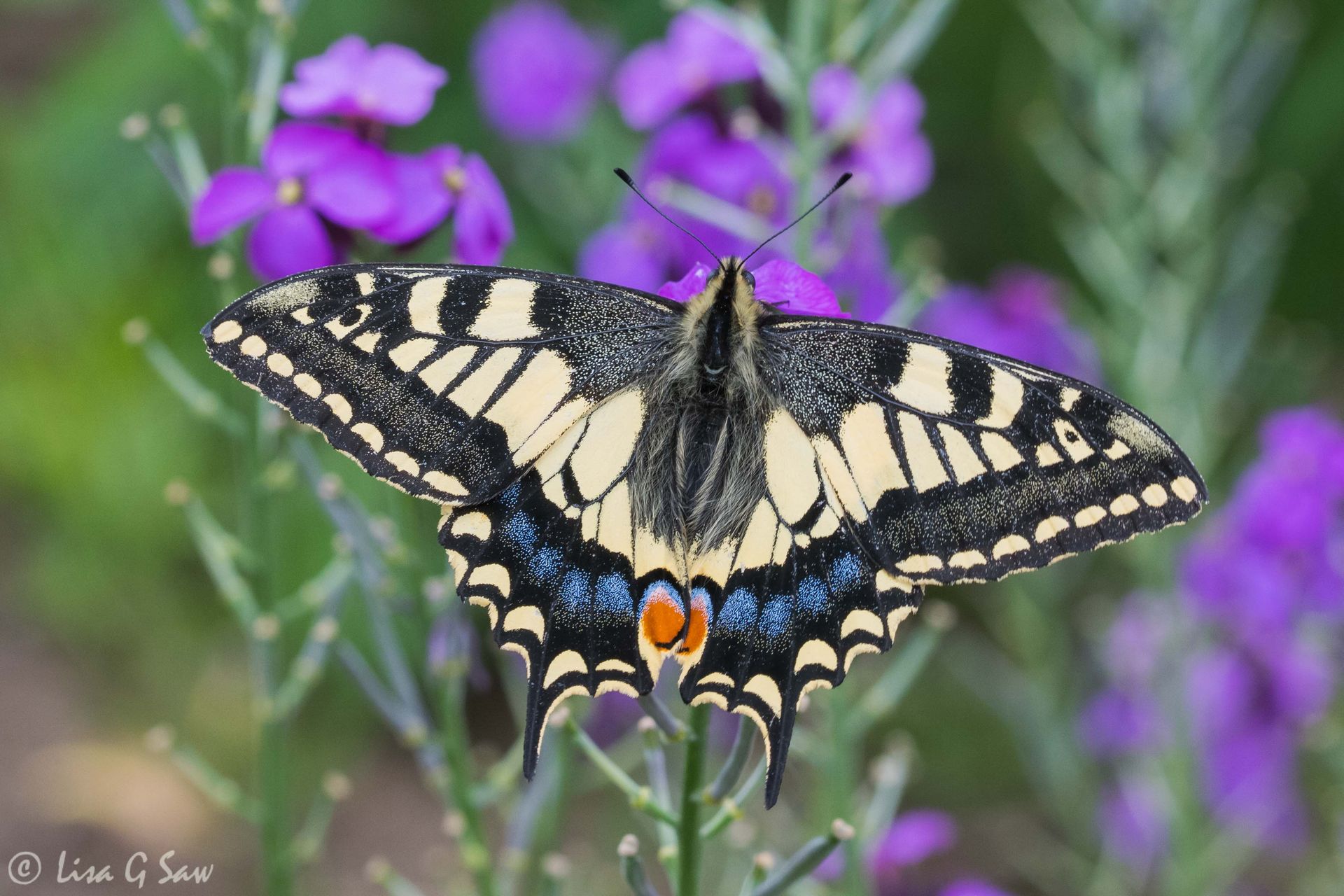Worthing Beach
It’s hard to know when summer is over and autumn has begun when you have a glorious warm sunny day in September. There may have been fewer people on the beach compared to the height of summer, but some were braving the water, having a swim. Three paddleboarders drifted by close to the shore and further out, two groups of small single sail boats were gliding across the relatively calm water. It looked so inviting as it glistened like diamonds in the sun.
On the beach, a lone gull was standing on the last wooden post of the groyne, like a sentry keeping a watchful eye out for intruders. A wide band of brown seaweed stretched along the high tide line from earlier in the day. Thankfully, it was downwind from me, so its strong salty smell didn't pass under my nose! A single white feather was sticking out of one clump, its origins unknown – it could have been from miles away. Closer to where I was sitting, near my feet, a small spider suddenly appeared, crawling amongst the pebbles, then disappeared from sight just as quickly.
I turned my face towards the sun and closed my eyes for more than a few minutes, enjoying the warmth of its rays. Ever since I discovered it’s good for your eyes, I’ve tried to bathe my closed lids in the sun whenever I can. It felt good to relax them and not observe anything for a while, other than the orange marble effect I could see with my eyes shut. Being out in nature, away from the computer, the TV screen, books, or any other device that adds strain to the eyes, was a welcome relief. Life slows down in these wonderful precious moments.
When I opened my eyes to the world again I noticed a Small White butterfly head towards the water, but quickly it changed direction - there was nothing to entice it further. Instead, it flitted past me towards some Sea Kale nearby, reminding me why they’re sometimes referred to as Cabbage Whites. I got up and wandered over to photograph it with my phone. I noticed its dark grey wing tips and how this extends further along the horizontal edge than the vertical one, reconfirming to me it was definitely a Small White, not a large one. It looked as though it was freshly emerged with beautiful pristine brilliant white wings. Periodically, it rested in the big curled leaves before moving on to another. I was thrilled to capture a moment when it was in flight.
From there, I walked down to the water’s edge where the pebbles thinned out and I could see the sand – wet and compact. The tide was on its way in, but since there was a low on-shore breeze, it was fairly gentle. I stood there really focusing my attention on the calm sound of the water. It soothes the soul. It slows everything down. It can’t be rushed. Everything in its own time. There was a low gentle sounding whoosh as the tide swept up the beach, followed by an ever so slight pause, and a split second of silence, before it receded again. But when the water was pulled back out to sea, draining down the beach, it was a higher pitched sound as it glided over the pebbles, rolling a few along with it. The sound was like rice being poured into a pan.
The highs and lows of the tide are like the ups and downs of life. It’s certainly been a turbulent year for me, which is why the mindfulness moments have been so beneficial, not least because I’m now writing again. Like a long-lost friend, I’ve been reunited with something that brings me great joy. Now, I finally feel like I’m on the up-curve, and it’s time to move forward. Whilst I don’t fully feel like ‘myself’ yet, I trust and hope things will work out in the end. I’m trying to stay positive and ignore the negative chatter in my head. There’s so much to be excited about – new possibilities for the future. I’ll focus my attention on those as I try to go with the flow and hold on to the calm I feel when I’m listening to the sound of the tide.



